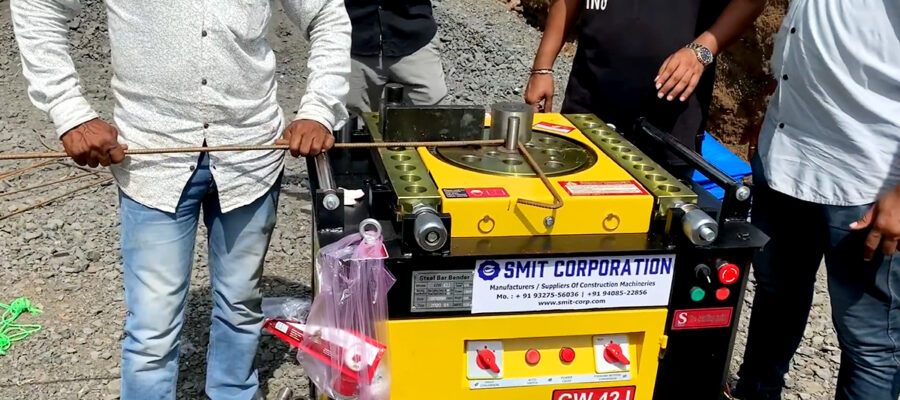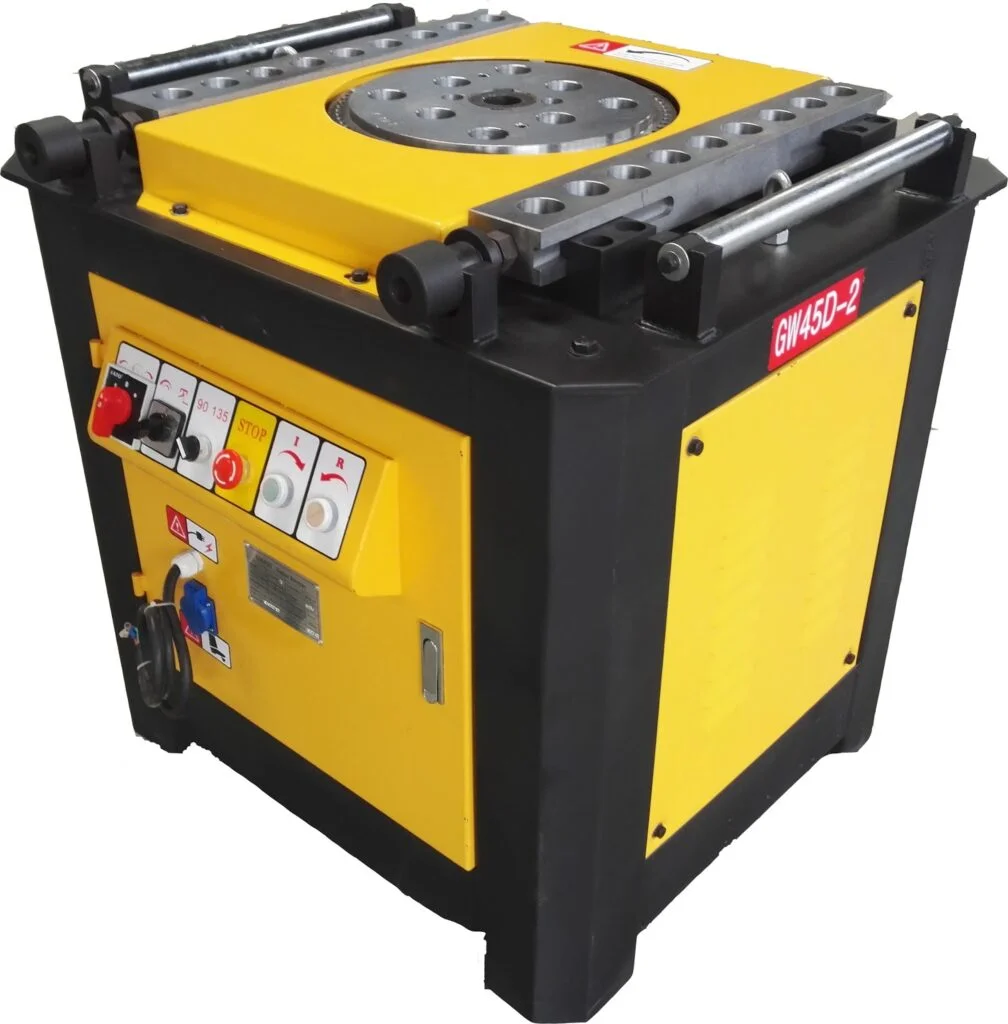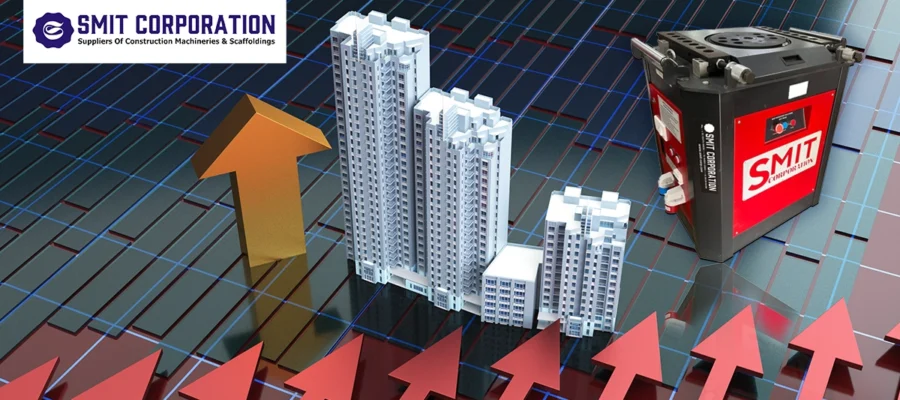
- April 23, 2024
- By: smitcorp
- in: Bar Bending Machine

When it comes to working with machinery, safety should always be the top priority. Bar bending machines play a crucial role in the construction industry, simplifying the process of bending and shaping steel bars or rods to meet specific project requirements. However, these machines can cause severe risks to workers if not used properly. To ensure the safety of operators and those in the surroundings, it is essential to follow strict safety precautions.

The foundation of safe operation begins with proper training and certification. It is crucial that only authorized personnel who have received comprehensive training operate bar bending machines. Training should cover machine-specific processes, safety protocols, and emergency procedures. Certification ensures operators have the necessary skills and knowledge to handle the equipment safely.
Before every use:
Personal Protective Equipment is the first line of defence against potential hazards. Workers operating bar bending machines should wear the appropriate PPE, including:
Maintain a clean and organized work area around the bar bending machine. Remove any clutter, debris, or obstacles that could impede safe operation. A clear workspace reduces the risk of accidents and ensures that the bar bending operates smoothly and efficiently.
Proper machine placement is essential for safe operation. Ensure the bar bending machine is positioned on a steady and level surface. It should be anchored or secured to prevent any unintended movement during the process. A stable machine reduces the risk of accidents caused by machine instability.
Each bar bending machines comes with specific guidelines and instructions provided by the manufacturer. Operators must follow these guidelines carefully. It includes adhering to load capacity limits, bending angles, and recommended maintenance procedures. Differing from manufacturer guidelines can compromise both safety and the machine’s durability.
The process of bending steel bars or rods often involves heavy materials. Workers must use proper material handling techniques to prevent back injuries and strains. This includes lifting and positioning materials correctly. If the materials are too heavy to handle manually, lifting equipment or colleague assistance should be used.
Bar bending machines have safety guards and devices to protect operators from hazards. These may include:
When the bar bending machine is not in use, it should be switched off, and power should be disconnected. Implement lockout/tagout procedures to prevent unauthorized or accidental operation of the machine. Lockout/tagout involves securing the machine’s power source with a lock or tag, ensuring that only authorized personnel can restart it.
Despite all precautions, accidents can still occur. Therefore, it is essential to have first aid measures and emergency procedures in place. A well-equipped first-aid kit should be readily available near the machine. Workers should be trained in basic first aid and know the location of emergency stops and procedures to follow in case of serious accidents.
In conclusion, the safe operation of bar bending machines is essential in the construction industry. Safety should always be the highest priority when operating machinery, and regular maintenance and safety audits should be conducted to ensure ongoing safety compliance. By prioritizing safety, we can create a safe work environment for everyone involved. Prioritize Safety with Smit Corporation! Explore our essential Safety Precautions for Operating Bar Bending Machines. Your well-being matters. Contact us today to learn more.



We, Smit Corporation established in the year 2018 at Surat and being ISO certified, we are instrumental in providing innovative construction machinery and proficient after sales services & spares at the affordable price, that would contribute to revolutionize the construction equipment segment in India. We are the authorized dealer of Wacker Neuson Equipments – a leading global manufacturer of light and compact equipments, offering Indian customers a comprehensive product and service range. Along with it, we deal in all kind of Construction Machinery like Bar Bending Machines, Bar Cutting Machines, Tamping Rammer, Concrete Vibrators, Suspended Platforms & Walk Behind Rollers. We’ve served many prestigous government projects & private projects as well. Backed by the expert team having vast technical knowledge & experience in customer relationship, We are sure to pave you a smooth road to success in any construction project.
2. 7/1165 B, Asarawala Estate, B/h Hamd Park, Rampura, Surat, Gujarat, India – 395003
Monday – Saturday : 9:30 am – 6.30 pm
Connect Socially